Growing Turkish carnations
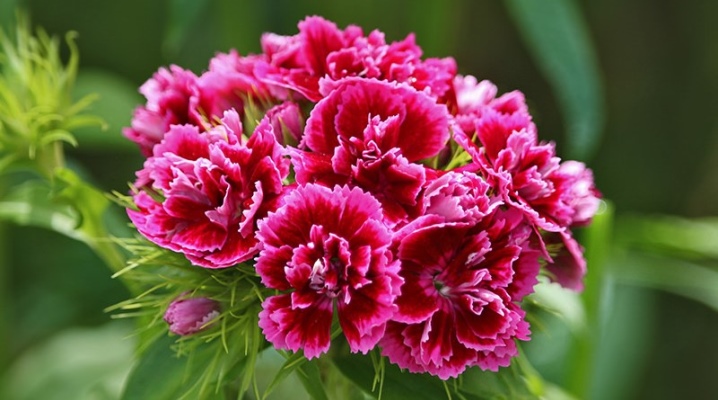
One of the most beautiful garden flowers is the Turkish carnation. She pleases with bright colors and a characteristic spicy aroma, decorates flower beds, becomes an effective part of landscape compositions. At the same time, the culture is unpretentious and available for growing even for novice growers. Our article will tell you how to plant this flower in the garden and how to care for it.
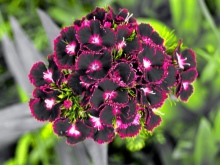
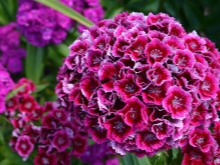

Description
The Turkish carnation (Dianthus barbatus) is very popular among lovers of natural decoration of home gardens. In the wild, it can be found in Asia. Most of the culture grows in China and North Korea. This ornamental plant was brought to Europe in the 16th century.
The second name of the garden culture is bearded carnation. It belongs to the carnation family. The crop is perennial, but more often it is grown within 2 years. The fact is that the most beautiful and abundant flowering is observed in her second year of life.
After sowing, small dark green bushes appear. In the spring of the following year, long, hard stems with wide leaves are formed. Showy flowers appear.
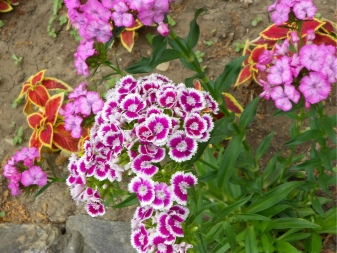
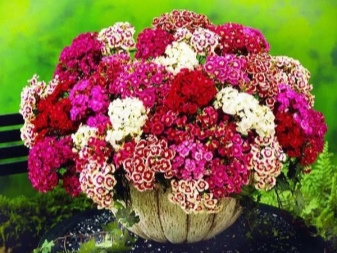
There are many different varieties of Turkish carnation with single and double flowers. The average growth of a crop is 35-40 cm. However, many gardeners prefer dwarf varieties that grow only up to 30 cm. Miniature plants tolerate rain and wind better.
Flowering begins in June and lasts until the end of August. Inflorescences are formed at the tops of the stems, they are quite large. Each of them can contain from 30 to 40 small flowers. The petals are serrated. There are about 5 of them on each flower.
The petals range in color from pure white to pink and red. Some varieties have a contrasting color that combines 2 shades.
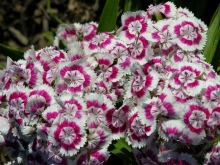
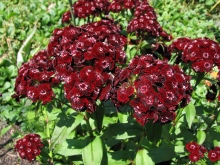
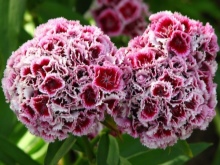
Interestingly, carnation flowers lure into the butterfly garden. Another curious fact is that the petals of the culture are considered edible.
They favorably emphasize the taste of sweets (cakes, syrups, etc.), complement fruit salads. Only the base of the petal is removed to eliminate the bitter taste.
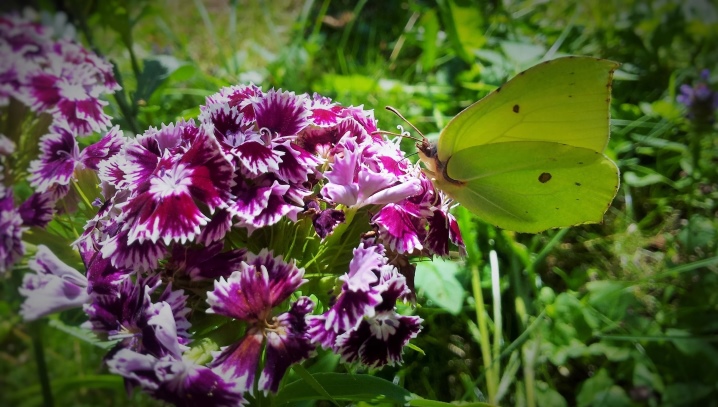
When is the best time to plant?
For gardeners living in central Russia, it is better to sow seeds for seedlings in March or early April. If you decide to plant flowers directly in open ground, this can be done in spring, summer or autumn.
The plant is unpretentious, so you can safely sow it on the site at the end of April (this is the time most often chosen by gardeners). Suitable for sowing and early autumn. The main thing is to be in time before the first frost. In addition, it should be understood that if sowing is carried out before the onset of winter, flowering will come a little later.
You can sow cloves in early June. In this case, the bushes will have time to form and winter safely. However, it will be too late in July, so it is better to comply with the recommended deadlines.
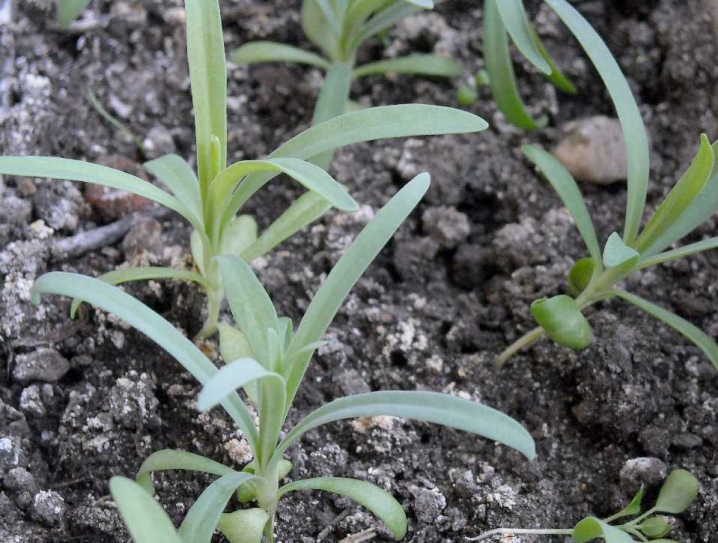
How to collect seeds?
Carnation seeds can be purchased or received as a gift from other gardeners. Self-collection is also possible. Suitable for planting seed material taken from healthy plants aged 2 years and older. They begin to collect it after the flowering of the culture, which lasts about a month. In the middle or end of August, peculiar bolls form on the inflorescences. Seeds can be found inside them.
The seed retains its properties for another 3 years after harvest. It is only necessary to provide certain storage conditions. Seeds are dried by spreading them out on white paper in a well-ventilated place without direct sunlight. Then they are placed in foil or paper bags and left in a dark place.
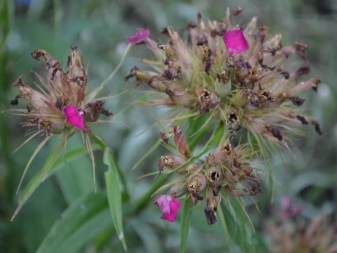

A suitable temperature for storing seeds is about 12 degrees. The optimum humidity is 90%. If the air is too dry, germination will decrease. If, on the contrary, the moisture level is increased, fungus may appear in the seed. It will also provoke premature germination.
It is worth noting that collecting seeds from a plant does not guarantee that future specimens will be identical to the mother flower. Therefore, if the gardener wants to preserve all the properties of the original carnation, it is better to use the method of dividing the bush.

Prerequisites for landing
Illumination
Turkish carnations are not very demanding on lighting. The best places to grow a flower are sunny areas. However, the culture grows well in partial shade.
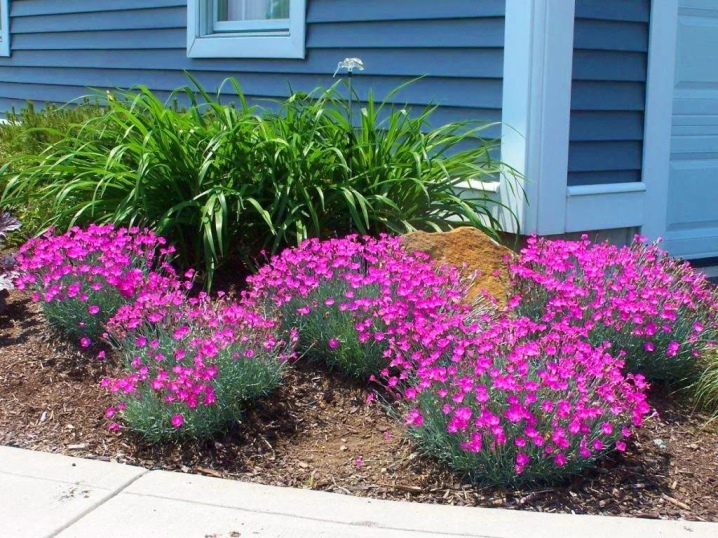
Priming
The soil in which the flower will grow must be fertile, loose. Not a bad option - sandy loam slightly alkaline soil. An area with neutral acidity is also suitable.
Planting cloves in swampy soil is not worth it. Also, avoid areas under bushes and trees. Be sure to eliminate all weeds before planting.
A good solution would be to pre-enrich the soil with humus, compost and a pinch of ash.
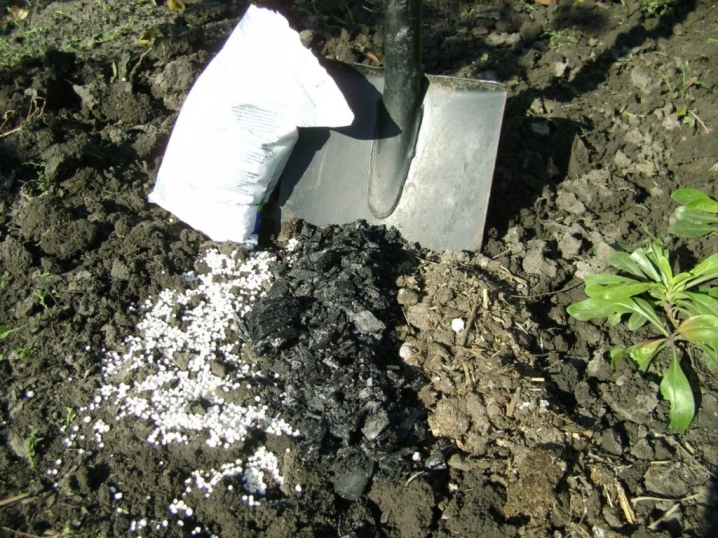
Temperature regime
The culture tolerates low temperatures well. Frosts, which are often in the off-season, are usually not scary to her. However, the frost resistance of different varieties is not the same. Therefore, it is better to plant plants when the ground is already well warmed up.
It is better to protect delicate varieties from temperature extremes. In the event of a severe cold snap, it is advisable to cover the plants with a spruce forest.
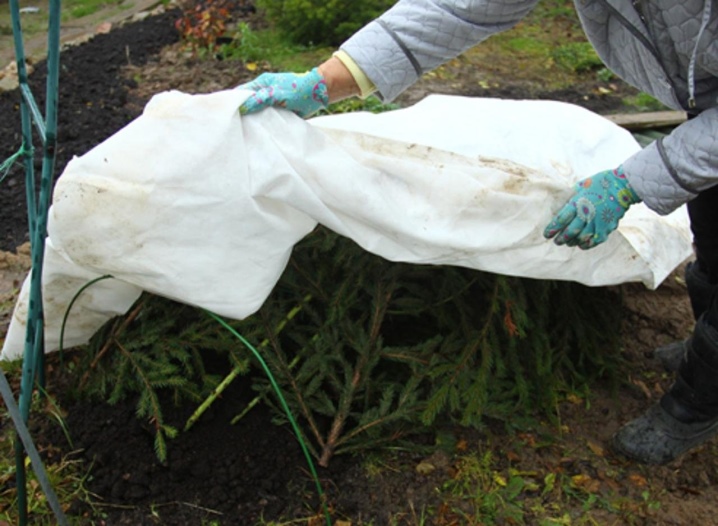
Sowing
For seedlings
It is not difficult to plant a clove correctly at home. For seedlings, it is worth preparing several small containers. The soil must be calcined and then disinfected with a manganese solution. After that, you can add humus, peat or fine sand to it.
When the containers are filled with soil, shallow grooves (about 1 cm) need to be made. The seeds are carefully covered. At the same time, a distance of about 15 cm is maintained between the rows. So each plant will have enough space for full development.
There should also be about 15 cm between the flowers in the same row.If a denser planting is obtained, the extra seedlings are removed. It is also permissible to leave 6-7 cm between young specimens, and when they reach 8 cm in height, plant extra seedlings in other containers.
After sowing, the containers are covered with cling film. Then they are placed in a warm place for 2 weeks. The soil is periodically moistened. When the first shoots appear, the film is removed. The containers are moved to the windowsill.
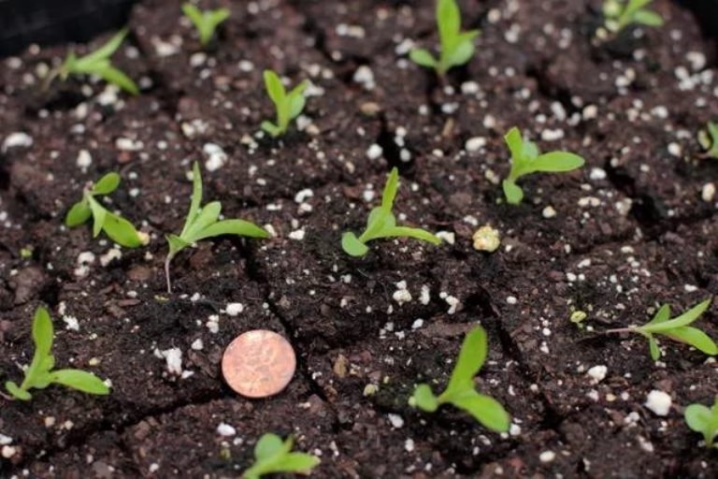
When the stalks with 2 leaves become visible, a dive is carried out. Each scion is transferred to a plastic cup or peat pot.
Before planting seedlings in open ground, they are hardened. For this purpose, the sprouts are taken out on the street every day for a week. Better to do it during the day.

In open ground
Before planting young plants on the site, it is necessary to prepare. It is necessary to dig up the bed on which the carnation will grow, it is important to break all the lumps. The soil should be loose and homogeneous, extraneous roots and weeds are removed. Then the garden needs to be watered.
Seeds are laid out as rarely as possible in prepared grooves. The spacing requirements between rows and individual plants are the same as for planting in home containers. Before planting in June, the seeds are pre-soaked. If the culture is planted in the fall, the planting material is not soaked. At the same time, the garden is left dry.After sowing, the seeds are lightly sprinkled with soil.

Seedling care
To grow a healthy, beautiful flower, you need to take care of it throughout the entire period of its development.
Watering
Excessive moisture for cloves is undesirable. The soil should be moistened moderately, 1-2 times a week. Abundant watering is allowed only on very hot summer days. In this case, it is worth trying to irrigate the plant strictly at the root so that water does not fall on the petals.
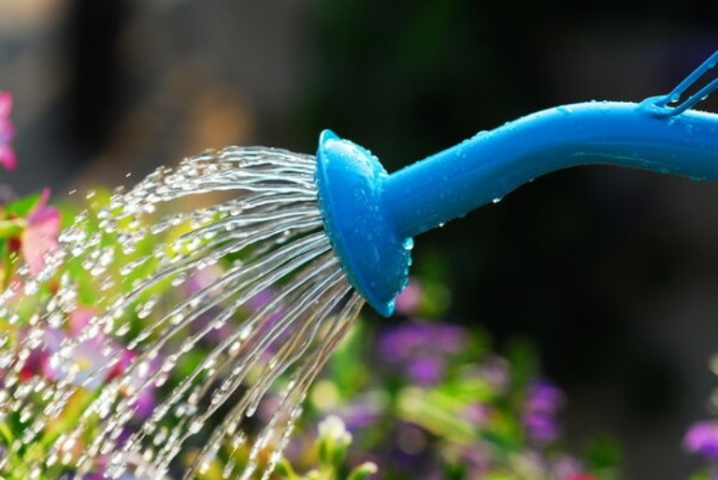
Fertilizer
Top dressing is a must if the grower wants to enjoy the lush bloom. Mineral mixtures are suitable for this culture. You can also use organics. The first time you need to fertilize the flower is when it reaches a height of 10 cm. The second fertilization is done during the period of bud formation. In the fall, organic ingredients are usually used.
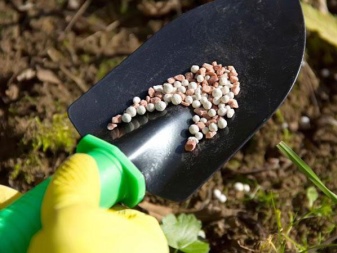
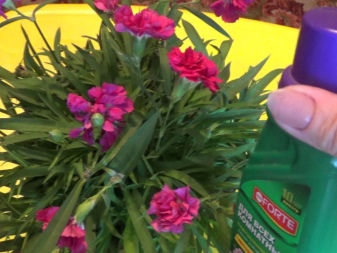
Loosening
It has already been mentioned that cloves develop better in loose soil. That is why loosening must be regular. Weeding is also important as the weeds prevent the flower from growing.
You can apply the mulching procedure. This measure protects the soil from drying out and prevents the appearance of new weeds.
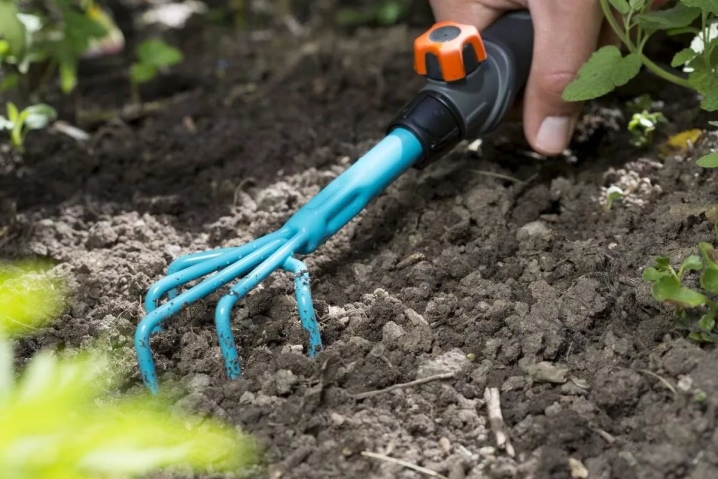
Pruning
During the flowering period, only drying inflorescences are cut off. However, you should not be too zealous, otherwise the appearance of the flower may be greatly affected. When the carnation has faded, the stems are cut to the base. This stimulates a repeat of flowering in late summer.
After cutting, fertilizer is placed in the soil and watered. Agricola or Ross's solution is a good choice. Then the flower is fed every 2 weeks. Water the bed with cloves every 3 days until new buds begin to form.
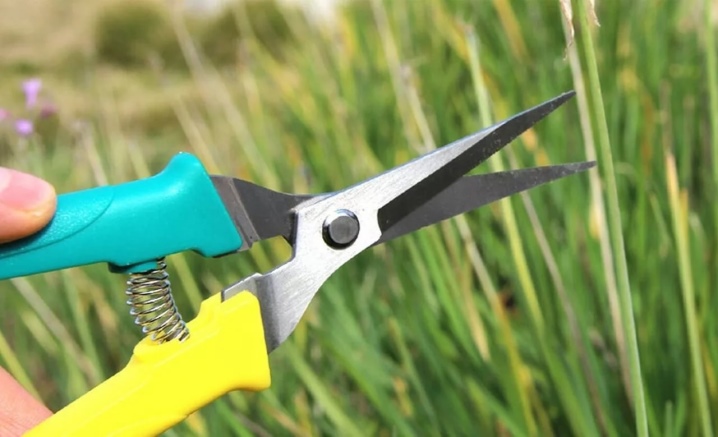
Transfer
This crop can grow in one place for 5 years. However, after that, the flower dies. Therefore, it is better to move the carnation to a new place every 3 years. The procedure is carried out in the spring.
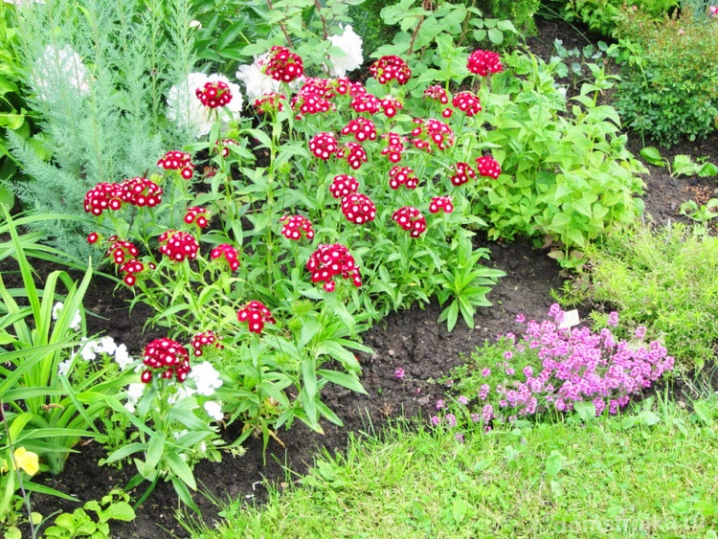
Wintering
Although most varieties of Turkish carnations are considered frost-resistant, protection for the winter will not be superfluous. Gardeners usually build shelters for flowers from sawdust, spruce branches, hay, peat. When spring comes, the insulating layer is removed, and the soil of the plant is cleared.
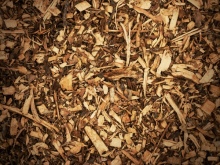

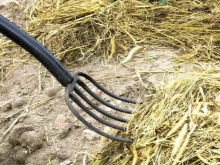
Other cultivation methods
From cuttings
Cuttings are taken from plants that have reached the age of two. The planting material is placed in moist soil. The area should be slightly shaded.
After 2-3 weeks, leaves appear. From this point on, the shoots are considered rooted. In August, they are transplanted to a permanent place. Flowering occurs in a year.
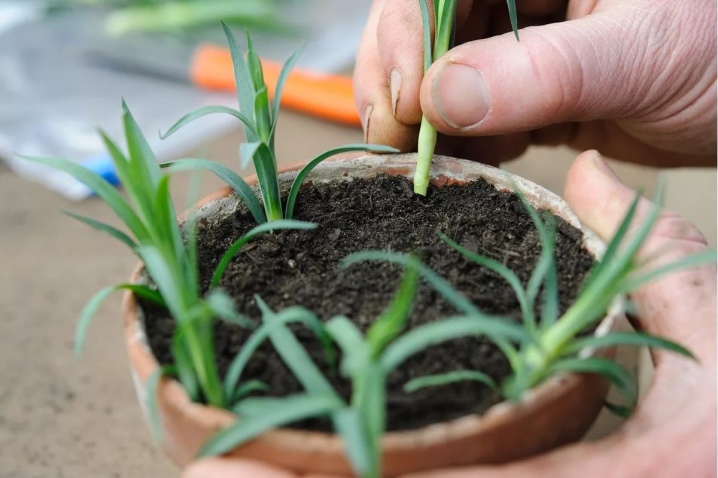
From layering
This method of reproduction allows you to fully preserve the qualities of the mother variety. In this case, a long stem is selected. It is pressed to the ground and fixed with a wire or other improvised means in the shape of the letter V.
The unopened inflorescence is removed. Then the stem is sprinkled with earth and watered. After about a month, the new plant will take root and the cuttings can be planted in a permanent place.
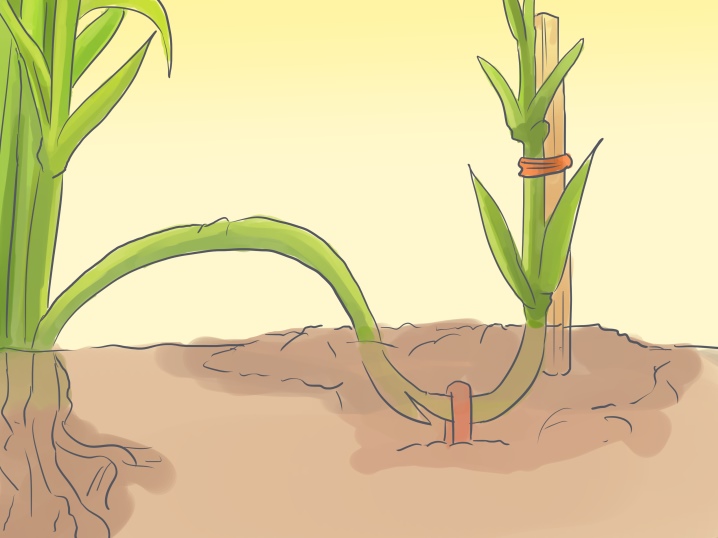
Potential problems, diseases and pests
The biggest danger to carnations is fusarium... The reason for its appearance is excessive soil moisture. If a problem is found, it will no longer be possible to save the flower. We'll have to dig up the plant by the root and burn it. The place where the diseased carnation was located must be treated with a fungicide.
Also, the flower can undergo a fungus. You can understand this by the gray-reddish spots on the leaves. In this case, the culture is also destroyed. Plants in the neighborhood are treated with Bordeaux mixture in order to prevent infection.
Pest control (thrips and green aphids) is carried out using insecticides.
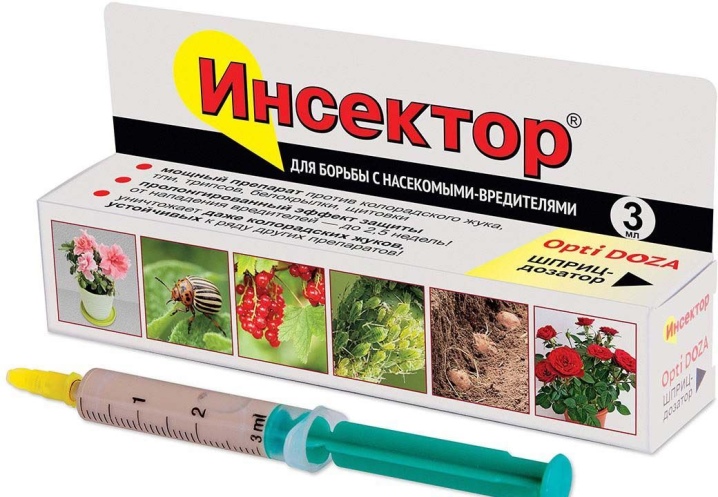
Advice
- To avoid flower diseases, it is worth observing the watering regime and regularly loosen the soil around the plant.
- Turkish carnation can be used for decoration garden paths, flower beds. Live borders of such flowers look beautiful.
- Low-growing varieties fit well into rock gardens and rockeries. Tall varieties look harmonious among small shrubs.
- You can grow a carnation on the balcony, use it to revitalize terraces and verandas. Low-growing varieties of culture look great in pots and other types of decorative containers.
- These flowers are also suitable for bouquets. Cut carnations can last for about 2 weeks in a vase.
For the cultivation of Turkish carnations from seeds, see below.







































































































The comment was sent successfully.